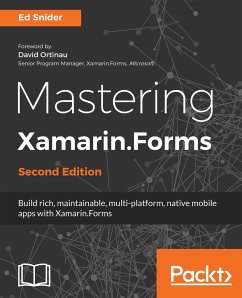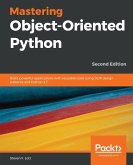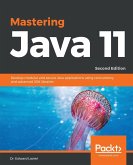Publisher's Note: This edition from 2018 is outdated. A new third edition, updated for Xamarin.Forms 4, has now been published. Key FeaturesPacked with real-world scenarios and solutions to help you build professional grade mobile apps with Xamarin.Forms Build an effective mobile app architecture with the Xamarin.Forms toolkit Maximize the overall quality of your Xamarin.Forms apps Book Description Discover how to extend and build upon the components of the Xamarin.Forms toolkit to develop effective, robust mobile app architecture. Starting with an app built with the basics of the Xamarin.Forms toolkit, we'll go step by step through several advanced topics to create a solution architecture rich with the benefits of good design patterns and best practices. We'll start by introducing a core separation between the app's user interface and the app's business logic by applying the MVVM pattern and data-binding. Then we will focus on building out a layer of plugin-like services that handle platform-specific utilities such as navigation and geo-location, as well as how to loosely use these services in the app with inversion of control and dependency injection. Next we'll connect the app to a live web-based API and set up offline synchronization. Then, we'll dive into testing the app logic through unit tests. Finally, we will setup Visual Studio App Center to automate building, testing, distributing and monitoring the app. What you will learnFind out how, when, and why you should use architecture patterns and get best practices with Xamarin.Forms Implement the Model-View-ViewModel (MVVM) pattern and data-binding in Xamarin.Forms mobile apps Extend the Xamarin.Forms navigation API with a custom ViewModel-centric navigation service Leverage the inversion of control and dependency injection patterns in Xamarin.Forms mobile apps Work with online and offline data in Xamarin.Forms mobile apps Test business logic in Xamarin.Forms mobile apps Use platform-specific APIs to build rich custom user interfaces in Xamarin.Forms mobile apps Explore how to improve mobile app quality using Visual Studio App Center Who this book is for: ¿This book is intended for C# developers who are familiar with the Xamarin platform and the Xamarin.Forms toolkit. If you have already started working with Xamarin.Forms and want to take your app to the next level with higher quality, maintainability, testability, and flexibility, then this book is for you.
Hinweis: Dieser Artikel kann nur an eine deutsche Lieferadresse ausgeliefert werden.
Hinweis: Dieser Artikel kann nur an eine deutsche Lieferadresse ausgeliefert werden.








